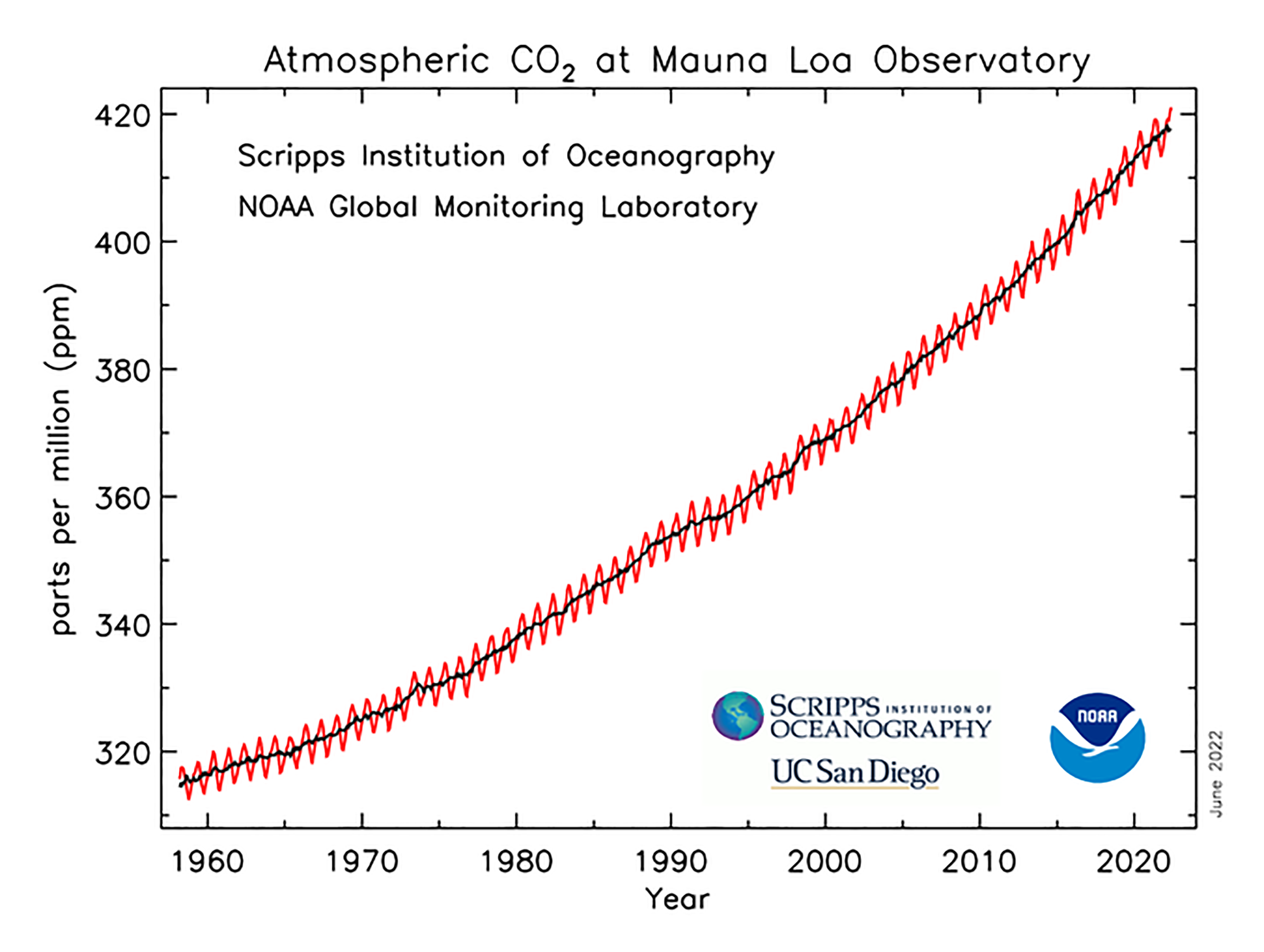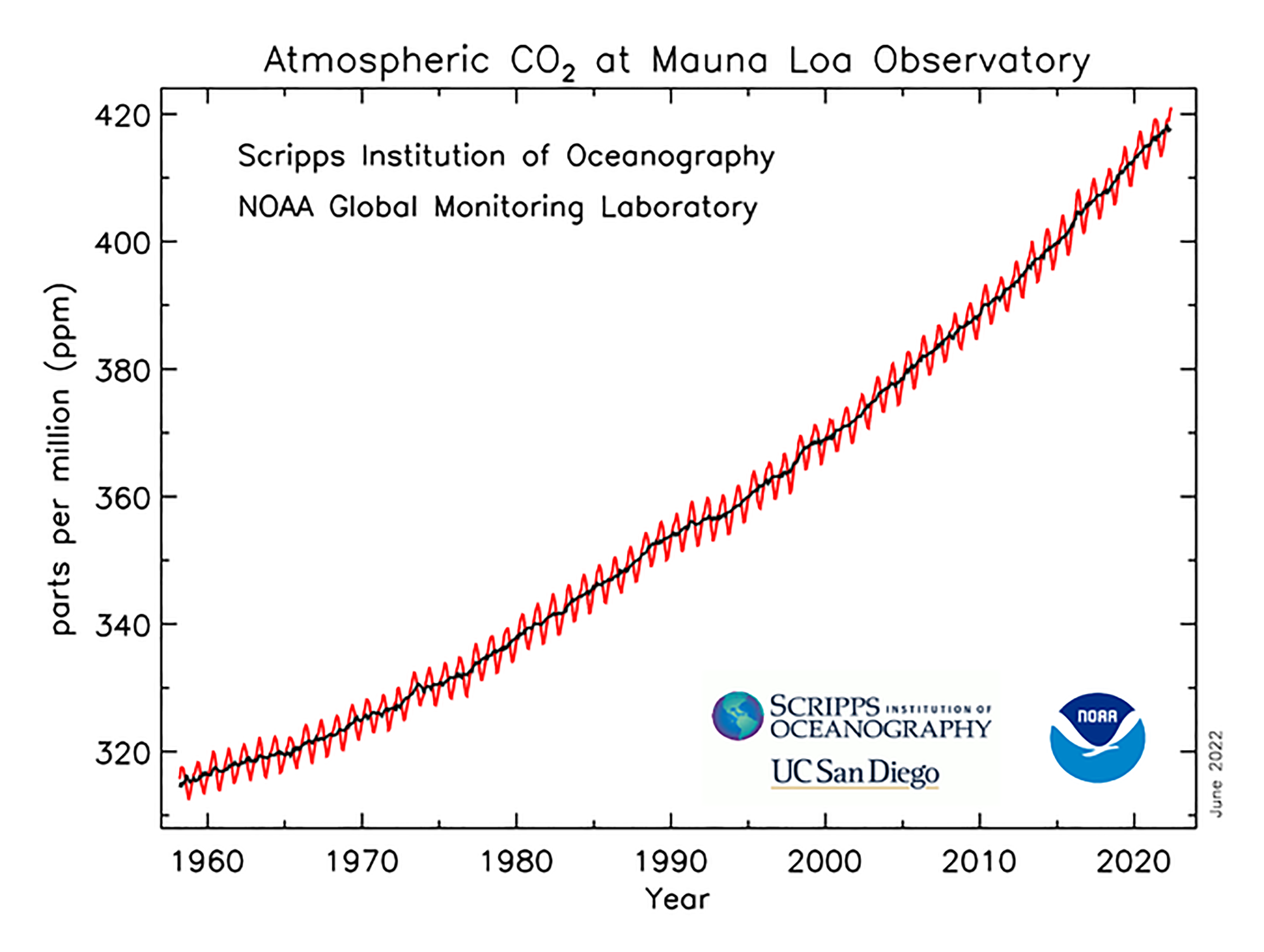How do Greenhouse Gases trap Heat
1/17
There's no tags or description
Looks like no tags are added yet.
Name | Mastery | Learn | Test | Matching | Spaced |
|---|
No study sessions yet.
18 Terms
How does the wavelength and therefore energy of UV compare to that of IR?
UV has shorter wavelengths and more energy, while IR has longer wavelengths and less energy.
UV breaks bonds, but IR
stretches and bends
Does it take more energy to bend or stretch bonds?
Stretch
What causes dips in spectrometers?
Dips in a spectrometer happen when molecules absorb specific wavelengths of light like IR.
What happens to the absorbed IR in a spectrometer?
The absorbed IR makes the molecules vibrate resulting in them heating up.
Which gas is the most important at maintaining Earth’s temperature?
Water Vapor
Differentiate between Weather and Climate
Weather is short term atmospheric conditions while climate is long term atmospheric conditions and patterns.
What are some causes of natural changes in the climate of our planet?
Volcanic eruptions, ocean currents, earths orbital cycle

What is the general trend of CO2 since the beginning of this graph?
A steady rise of CO2 overtime. Fluctuations are due to the seasons.

What might be the cause of fluctuations over the year where it peaks around April and is lowest in October?
Plant activity during this time taking out CO2 in the atmosphere.
One way we have been able to collect data about CO2 levels in the past is to look at ice core samples. Where do they collect the ice and why?
Places like the poles, since they have ancient air bubbles trapped inside.
What do they find about CO2 levels in the past?
That even though there are rises and falls natrually, todays levels compared to before are much, much higher and increasing at fast rates.
What changes have we seen in temperature over the past 50 years and by how much?
About 1C in the past 50 years.
Has every place on the planet experienced this change in temp each day? Explain. Include who has had the most dramatic change.
he big three factors are greenhouse gases, land use, and solar activity, with the Arctic seeing the biggest changes due to ice loss and amplified warming.